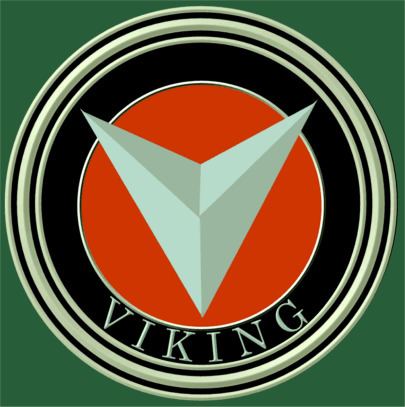 | ||
Viking was an automobile manufactured by General Motors' Oldsmobile division, in Lansing, Michigan, for model years 1929 to 1931 and used the GM B platform.
Viking was part of Alfred Sloan's companion make program introduced to help span gaps in General Motors’ pricing structure, and was marketed through GM's Oldsmobile division. Viking was one of four makes introduced by General Motors, the other lines (and their GM divisions) being Pontiac (Oakland), Marquette (Buick) and LaSalle (Cadillac). Of the four makes, Viking was the only one priced higher than its "parent" make.
Riding a 125 in (3,175 mm) wheelbase with steel semi-elliptic springs and a 44 1/2 foot turning circle, Vikings were powered by a monobloc V8 engine, the first automobile using this type of engine construction. Vikings were available as 4-door sedan, deluxe 4-door sedan, convertible coupé with rear deck seat, deluxe convertible coupé with rear deck seat, close-coupled 4-door sedan and deluxe close-coupled 4-door sedan. The front seat and the steering wheel were ajustable.
Viking production for 1929 was 4,058 units and 1930 2,813. GM discontinued the Viking and the Marquette at the end of the 1930 model year, preferring to bet on Oldsmobile and Buick which had better consumer awareness. However, an additional 353 units were assembled using existing parts and marketed as 1931 models.
